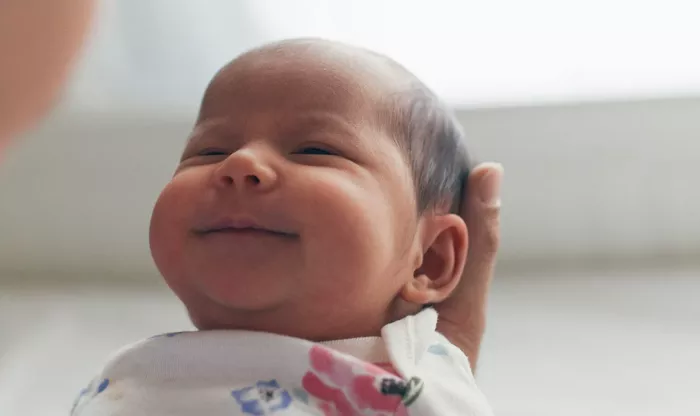Australia is facing its largest decline in birth rates since the 1970s, signaling what experts are calling a “baby recession.” Factors contributing to this include increased living costs and economic uncertainty.
According to analysis by KPMG Australia, births in the country fell to 289,100 in 2023, the lowest since 2006. This marks a significant drop from the pandemic-induced baby boom of 2021, with 26,000 fewer births last year and an overall decline of 4.6% year-on-year.
Terry Rawnsley, an urban economist at KPMG, pointed to economic uncertainties post-pandemic and financial strains on households as reasons why many families are postponing or reducing the number of children they have.
“This decline in births is the sharpest we’ve seen since the economic challenges of the 1970s, coinciding with widespread adoption of contraception,” Rawnsley noted.
The analysis also revealed that fertility rates were lowest in central business districts and inner suburbs, while outer areas of capital cities saw more births. Sydney saw an 8.6% decline in births since 2019, while Melbourne dropped by 7.3%. Perth saw a 6% decline, Brisbane 4.3%, Adelaide 0.8%, and the Northern Territory an overall drop of 3.6%. However, Canberra saw no change, and Tasmania experienced a 2.1% increase compared to 2019.
“Young families are increasingly moving to the outskirts of cities where housing is more affordable and can accommodate children,” Rawnsley added.
Overall, Australia’s fertility rate has been declining over recent decades, dropping from two babies per woman in 2008 to 1.6 in 2023. While major regional centers like Newcastle and Wollongong in New South Wales maintained stable birth rates compared to 2019, indicating a halt to the trend of younger Australians moving to coastal and rural areas during the pandemic, Geelong in Victoria saw an 11% increase in births compared to pre-pandemic levels, though a decrease from 2022 by over 6%.


